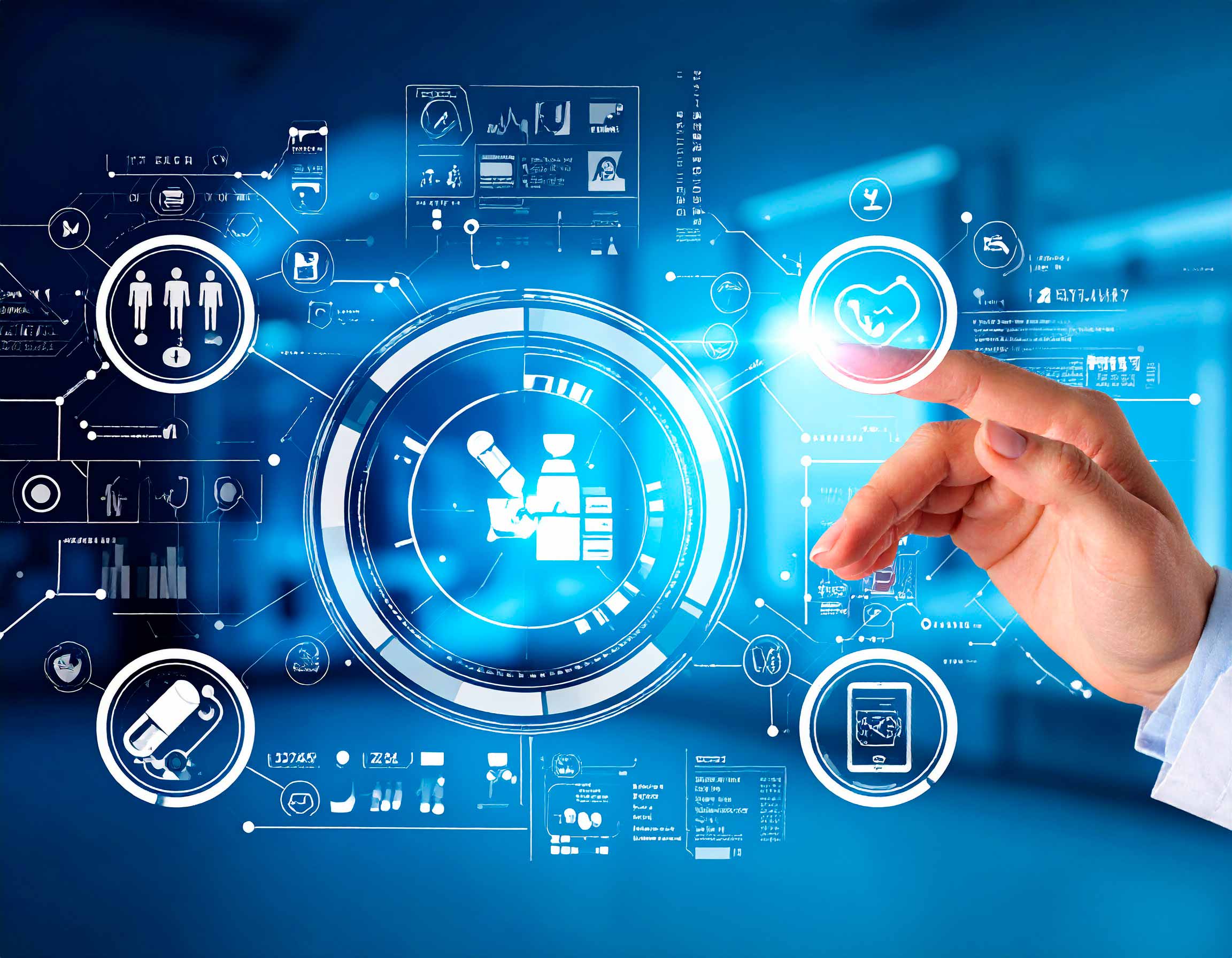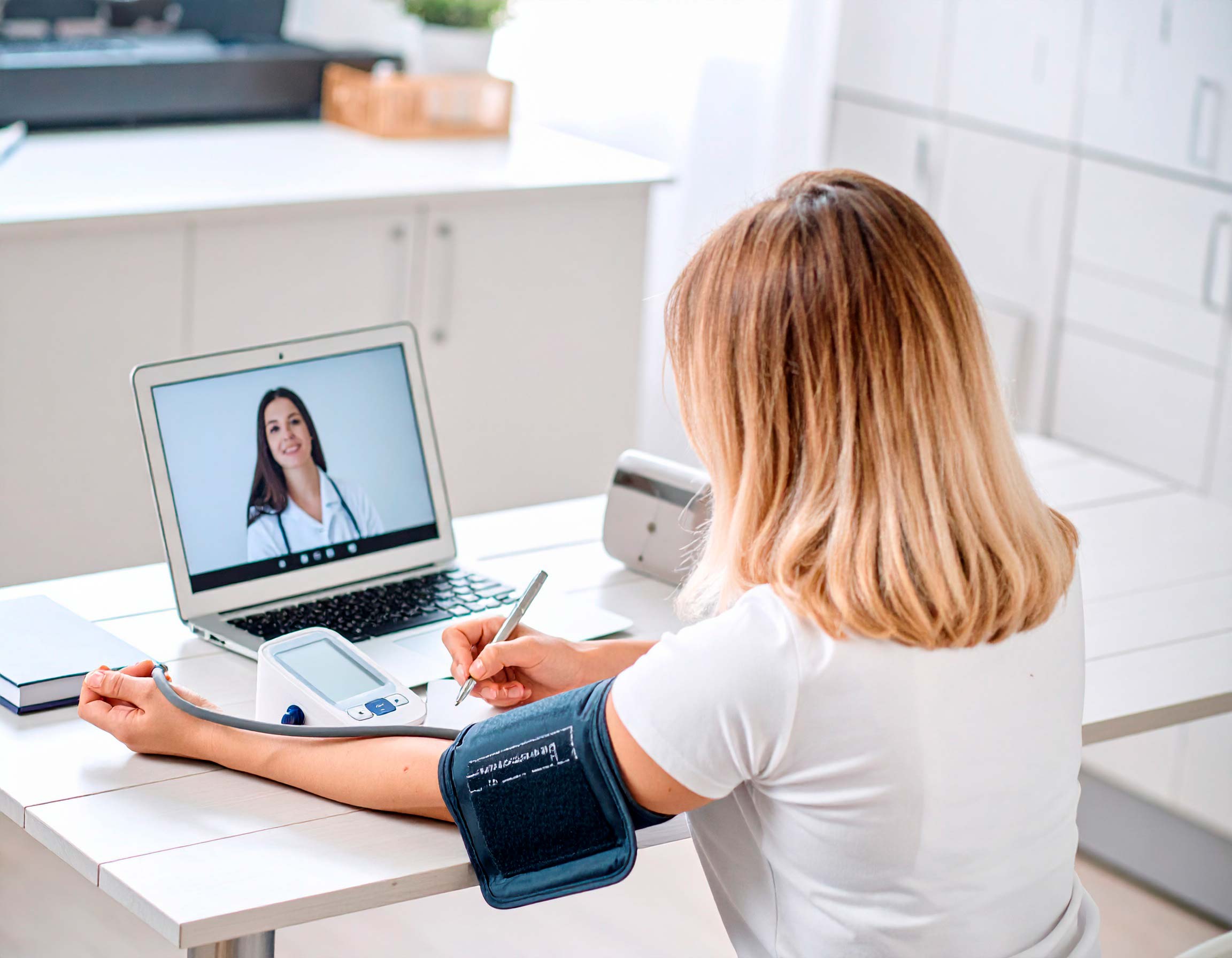Descubra como a EmmiTec está transformando a saúde com inovação e tecnologia.

Nossa História
Conheça a trajetória da EmmiTec e como estamos liderando a transformação da assistência médica com soluções inovadoras e tecnológicas. Saiba Mais

O que é RPM?
Entenda como o Monitoramento Remoto de Pacientes (RPM) conecta médicos e pacientes, oferecendo dados valiosos em tempo real. Saiba Mais

Benefícios do RPM
Descubra como o Monitoramento Remoto de Pacientes (RPM) melhora resultados, reduz custos e oferece um cuidado mais eficiente, personalizado e acessível. Saiba Mais






